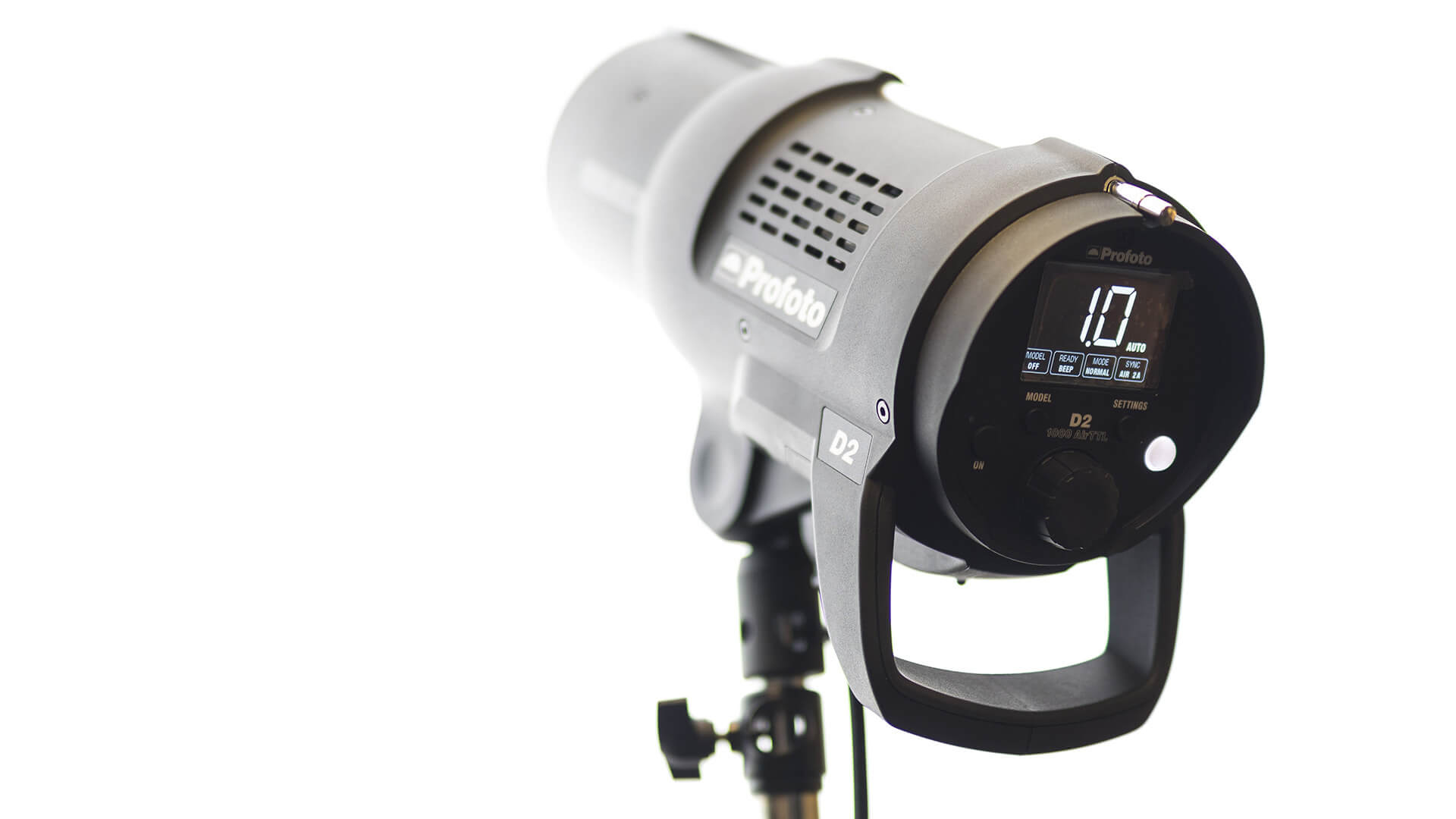Composite Material
Composite Material
When product designers need the advantages of multiple materials to meet product design needs, composite materials that combine the characteristics of two or more different materials are the best choice. In fact, we can often see composite materials in several aspects of our daily lives. For example, tires are made of rubber and carbon black, and concrete is made of cement and sand. The purpose of having a composite is usually to take advantage of the characteristics of different materials. To make up for any shortcomings, after selecting one certain material to act as a matrix, more than one other material will be added as a reinforcement. Soo in simple terms, the composite material is composed of a base material and a reinforcement.
Take glass fiber, as an example. It has very good tensile strength and contains nylon, which is a highly temperature-resistant polymer. Therefore, composite materials with nylon as the base material and glass fiber as the reinforcing material have the dual characteristics of high temperature resistance and impact resistance. Additionally, It is worth mentioning that glass fiber can also be combined with a variety of different base materials like ABS, PP, PBT and PTT, and the resulting composite materials will then have different characteristics.
When you consider thermal resistance, wear resistance, corrosion resistance, heat resistance, and other characteristics of the product at the early stage of the design, all you have to do is inform Chain-Ray of your needs, and we will try our best to find the most suitable composite material for you.
Case Sharing: The World's No.1 Photographic Equipment Company
Since 2011, the world leader in photographic lighting equipment has been working with Chain-Ray to develop flash equipment that perfectly meets their specifications. The products are not only lightweight and strong, but many of the company’s products have even won the German Red Dot Design Award. At first glance, the product in question seemed to be a compact flashlight formed in one piece. But in fact, it was composed of 12 plastic parts and 7 metal parts. This unique makeup requires very detailed materials and zero-error production quality. In addition, in order to avoid the flashlight being easily damaged due to the instantaneous high temperature when the flash was deployed, Chain-Ray specially selected plastic composite materials for the customer, improving the protection of the product and each part. Though this material selection increased the manufacturing difficulty, the customer knew Chain-Ray would be responsible for production, saving the company manpower and costs. Without having to contact multiple factories or worry about supervising the quality of parts, the customer let Chain-Ray take charge and was more than satisfied with the result.
